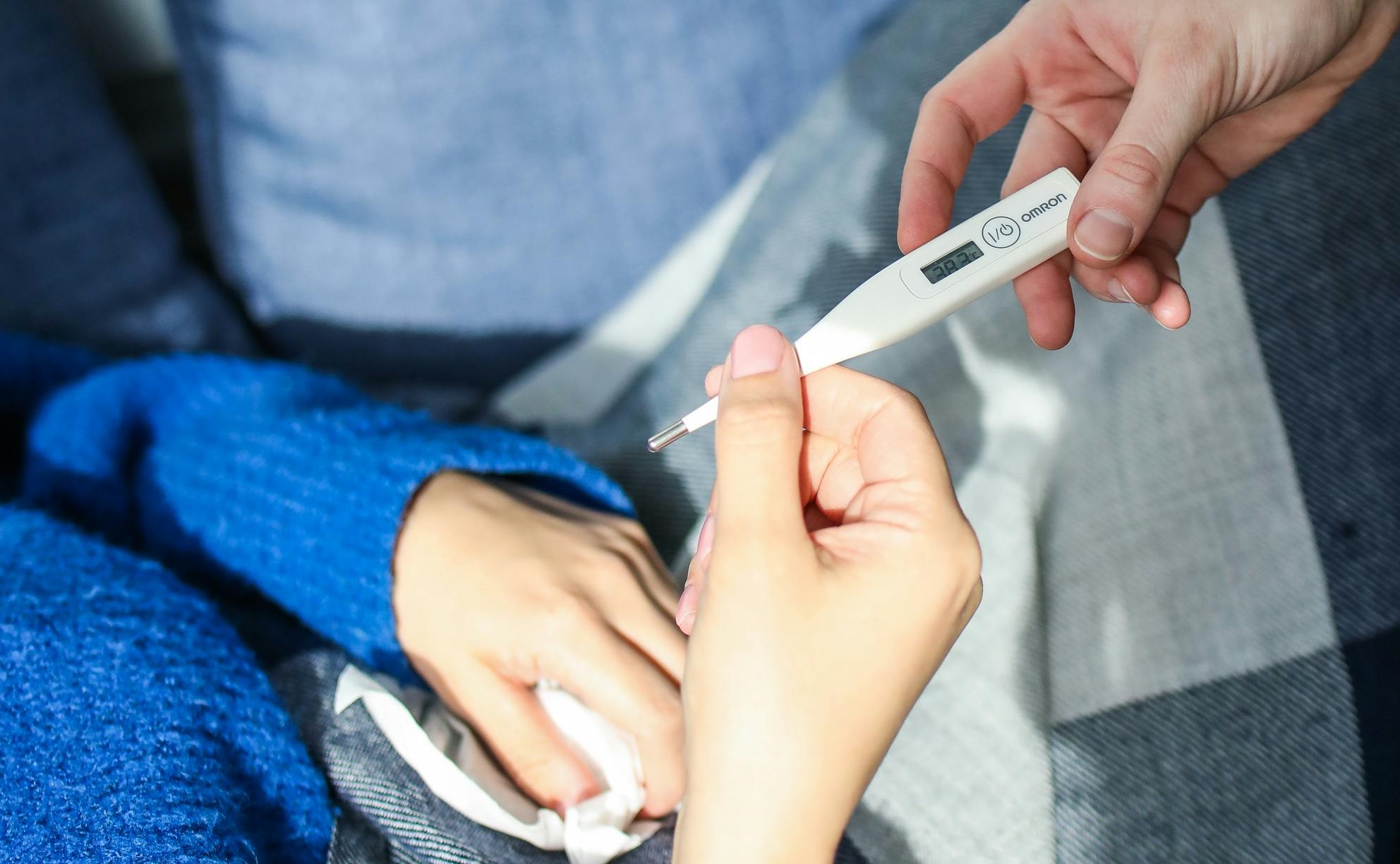Spinal surgery patients contracted fatal TB infections following bone allografts, similar to reports just a few months ago.
A tuberculosis (TB) outbreak that unfolded across seven states in 2023 has been linked to bone grafts sourced from an infected donor, marking a recurrence of a concerning trend. The Centers for Disease Control and Prevention (CDC) reported in a Morbidity and Mortality Weekly Report that two spinal surgery patients succumbed to TB infection following the use of a bone allograft product during their procedures.
The CDC’s report outlined that on July 7 of last year a state health department notified the agency of a TB infection in a patient who exhibited meningitis symptoms five weeks after undergoing spinal fusion surgery. The surgery utilized a bone allograft, a tissue graft incorporating live tissue cells from a deceased donor to fill the post-surgery bone gap.
Despite the patient being in good health before the surgery, post-operative symptoms prompted doctors to test the cerebrospinal fluid, revealing an unexpected contraction of tuberculosis. Subsequently, on July 11, another state’s health department reported an infection at the site of a laminectomy surgery, where a similar bone allograft product had been used. Once again, the patient tested positive for tuberculosis.
This recurrence mirrors a 2021 incident in which Aziyo Biologics recalled FiberCel, a bone putty created from live tissue cells, leading to 87 patients testing positive for tuberculosis and eight fatalities. In both cases, the bone allografts were sourced from donors with latent TB, undetected due to limitations in required testing.

The CDC swiftly collaborated with the Food and Drug Administration (FDA) to impose a quarantine on bone allografts from the same batch in response to the recent outbreak. While 53 units were halted before distribution, 53 had already reached hospitals and dental offices in multiple states. Five out of 36 tested patients were TB positive by December, with ten displaying symptoms. Tragically, the two patients initially diagnosed in July succumbed to the disease.
This recent resurgence of tuberculosis (TB) outbreaks tied to bone graft products underscores the persistent challenges in ensuring the safety of medical interventions involving tissue allografts. The 2023 outbreak echoes the 2021 incident involving Aziyo Biologics, highlighting an alarming pattern where latent TB in donors goes undetected, leading to unintended infections. Despite the devastating consequences of the previous outbreak, it is evident that the testing protocols for these grafts still require refinement.
CDC, in collaboration with the FDA, demonstrated a prompt response by imposing a quarantine on bone allografts from the implicated batch. However, the fact that half of the units had already been distributed to various medical facilities across multiple states raises concerns about the potential scale of this health crisis.
There is an urgent need for comprehensive testing protocols beyond current standards to prevent future occurrences. The CDC’s call for slower, culture-based tests emphasizes the importance of accuracy, especially when dealing with latent TB, and highlights the necessity of aligning testing practices with the extended shelf life of frozen tissue allografts. This incident serves as a sobering reminder of the importance of stringent safety measures in developing and distributing medical products derived from human donors, urging a reevaluation of existing testing standards to ensure the highest level of patient safety.
Sources:
Tuberculosis outbreak came from infected bone grafts, CDC says. It’s not the 1st time


Join the conversation!